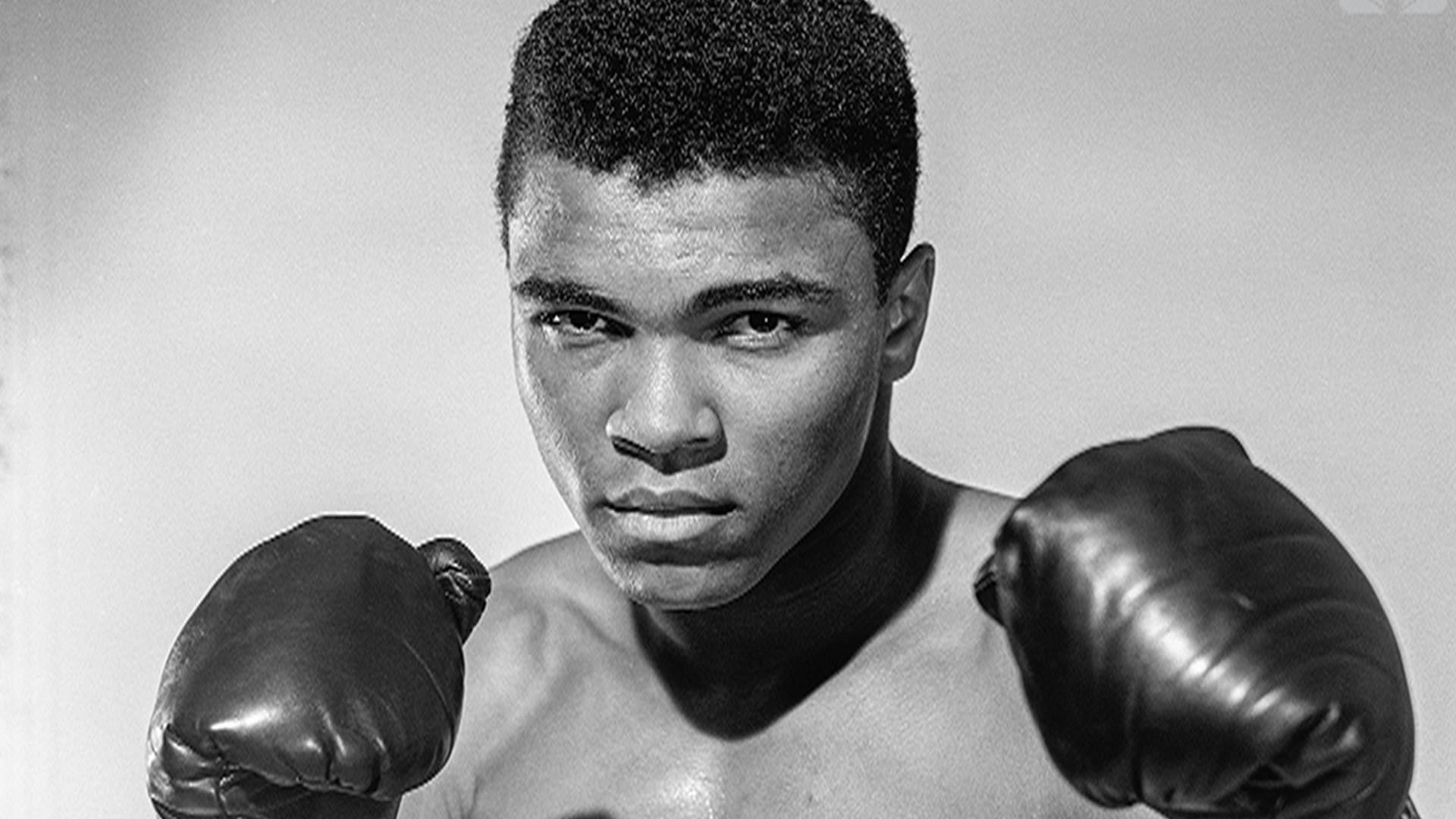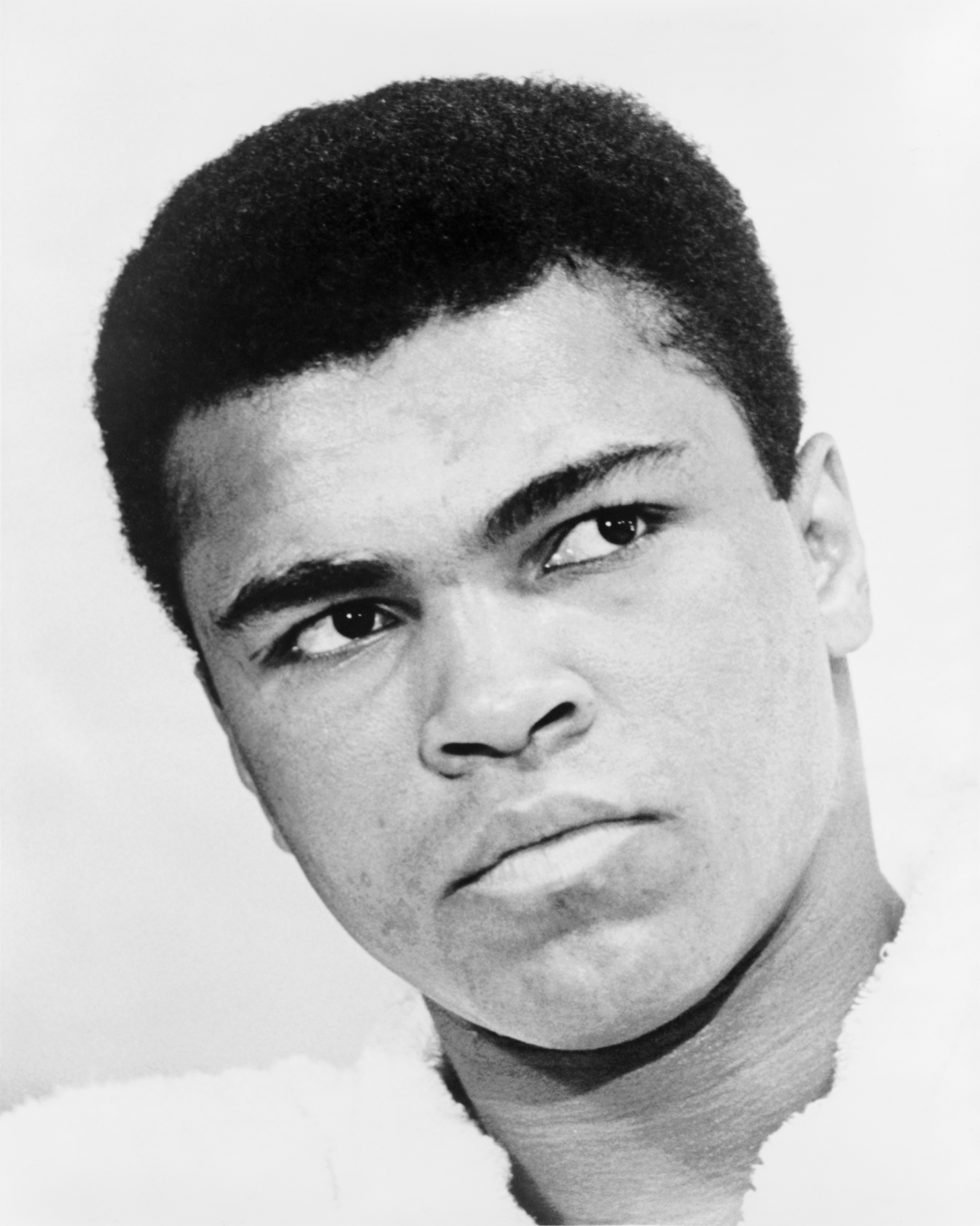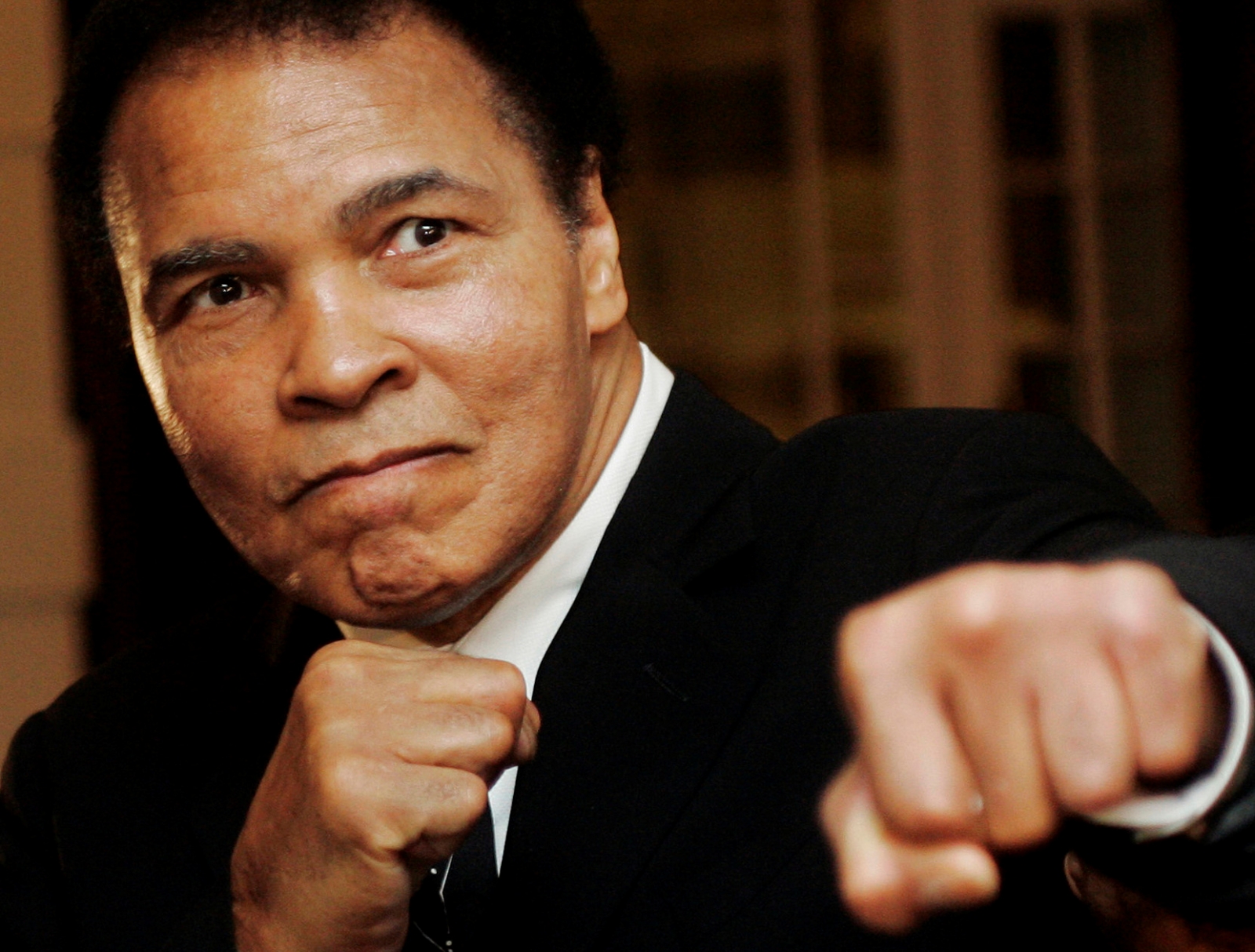The Unseen Hand: Understanding Ali Khamenei's Iran
The Formative Years: Ali Khamenei's Early Life and Rise
To understand the man who leads Iran today, one must first look at his origins. Ali Hosseini Khamenei was born on April 19, 1939, in Mashhad, a holy city in northern Iran, revered for hosting the shrine of Imam Reza, the eighth Imam of Twelver Shiism. His upbringing, though steeped in religious tradition, was marked by relative poverty, a common thread among many who would later rise to prominence in the Islamic Revolution.Born into Modesty: Mashhad and Early Education
Ali Khamenei was the second of eight children born to Javad Khamenei, a local religious leader. This familial background instilled in him an early inclination towards religious studies. He learned to read the Qur'an in his early years, laying the foundation for his future clerical career. Following in his father’s footsteps, Khamenei pursued religious education, a path that led him to the esteemed seminaries of Qom between 1958 and 1964. Qom was, and remains, a vibrant center of Shi'ite scholarship, where he would encounter influential figures and ideas that would profoundly shape his worldview and political trajectory. His early life, though modest, provided him with a deep understanding of religious texts and the social fabric of Iranian society, which would prove invaluable in his later political endeavors.A Path to Revolution: Joining Khomeini's Movement
The 1960s were a period of growing political ferment in Iran. The Shah's increasingly autocratic rule and his Westernizing reforms were met with significant opposition, particularly from the clerical establishment. It was during this time that Ali Khamenei became deeply involved in the burgeoning movement led by Ayatollah Ruhollah Khomeini. He joined Khomeini's movement against the Shah in 1962, a crucial decision that marked the beginning of his active political life. Like many clerics of his generation, Khamenei was drawn to Khomeini's charismatic leadership and his vision for an Islamic government. His participation in this revolutionary movement was not without personal cost; he faced arrests and imprisonment by the Shah's regime for his activism. These experiences forged his resolve and solidified his commitment to the revolutionary cause, preparing him for the significant role he would play in the eventual establishment of the Islamic Republic.From President to Supreme Leader: The Ascent of Ali Khamenei
The Iranian Revolution of 1979 dramatically altered the political landscape of Iran, bringing an end to the monarchy and ushering in the Islamic Republic. Ali Khamenei was an important figure in this transformation, quickly rising through the ranks of the new regime. His dedication to Ayatollah Khomeini and his active participation in the revolutionary struggle positioned him for significant leadership roles in the post-revolutionary era.Navigating the Presidency (1981-1989)
Following the tumultuous early years of the revolution, Ali Khamenei was elected as the President of Iran in 1981, a position he held until 1989. His presidency coincided with the devastating Iran-Iraq War (1980-1988), a period that tested the nascent Islamic Republic's resilience and unity. As president, Khamenei played a crucial role in managing the war effort, mobilizing the nation, and navigating the complex domestic and international challenges posed by the conflict. He was a key negotiator during this period, demonstrating his pragmatic approach to governance while upholding revolutionary ideals. His eight years as president provided him with invaluable experience in statecraft, foreign policy, and internal administration, preparing him for an even greater responsibility.Inheriting the Mantle: Supreme Leadership Since 1989
The death of Ayatollah Ruhollah Khomeini in June 1989 created a profound leadership vacuum in Iran. The Assembly of Experts, responsible for choosing the Supreme Leader, swiftly moved to select Khomeini's successor. In a pivotal moment for Ali Khamenei Iran, he was chosen to serve as the second Supreme Leader, succeeding the founder of the Islamic Republic. This transition marked a new chapter for Iran and for Khamenei himself, who took on the immense responsibility of guiding the nation as its "Rahbar," or leader. Since 1989, Ayatollah Ali Khamenei has served as Iran's Supreme Leader, a position of ultimate authority that combines religious, political, and military leadership. This role places him at the apex of power, making him the final arbiter on all major state policies.Ali Khamenei: A Biographical Snapshot
To provide a clearer picture of the man at the helm of Ali Khamenei Iran, here is a concise biographical overview: | Attribute | Detail- Allhdshub
- Meredith Hagner S And Tv Shows
- Morgepie Leaked
- Is Piero Barone Married
- Prince William Reportedly Holds A Grudge Against Prince Andrew

Muhammad Ali Wallpaper 1920x1080 (78+ images)

File:Muhammad Ali NYWTS.jpg - Wikimedia Commons

Muhammad Ali's family tell how 'final bell' rang from dialysis machine